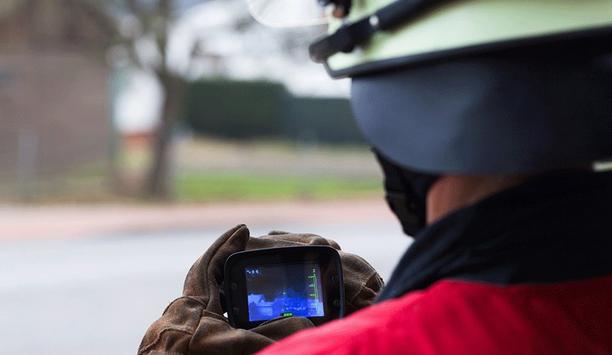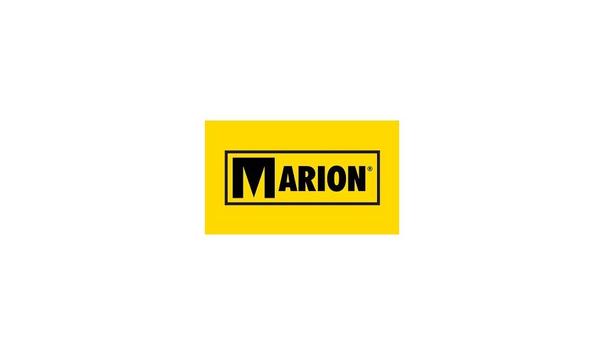The Government consultation Fire safety: risk prioritisation in existing buildings, closes in mid February 2020. In January Stephen Adams, Chief Executive – BAFE, encouraged everyone to review the document provided on the MHCLG website and to respond accordingly.
The call for evidence noted it was ‘in line with the Secretary of State’s commitment to conducting a full-scale technical review of the Fire Safety guidance to the Building Regulations (Approved Document B) and to provide advice to building owners and residents.’
Changing the fire safety requirements
BAFE’s response agreed that a ‘case by case risk-based approach should be taken for existing buildings’ and noted multiple factors (aside from height) that should be considered when classifying building risk. These included:
- Fire Risk/Fire Protection – What is identified in the Fire Risk Assessment and what is the current level of fire protection?
- Occupancy – Are there vulnerable residents in the building that would be at higher risk in the outbreak of fire?
- Construction methods/materials and current means of escape – Could these measures be improved in the interest of life (and building) safety?
- Change of building use - Has the fire risk assessment been reviewed/updated and has this changed the fire safety requirements needed?
Ongoing maintenance and risk assessment
The second example was the fact that the greatest number of fires occur in domestic premises
BAFE believe that height is only partially significant when classifying building risk and noted two clear examples to illustrate this. The first being the Rosepark Care Home fire, that in 2004 killed 14 elderly residents, was not a tall multi-storey building. January 2020 marked the 16th anniversary of the Rosepark Care Home fire and Douglas Barnett, Chairman – BAFE, recently questioned at the FPA Seminar if lessons had been learned from this event.
The second example was the fact that the greatest number of fires occur in domestic premises. Height should be one of the factors considered from the inception of the building design to the ongoing maintenance and risk assessment of any building, but categorically not the key factor to classify building risk.
Fire safety related services
The consultation asked to specify the ‘areas of research on the prioritisation of risks in buildings’ that should be considered. Without hesitation BAFE noted materials. This is an obvious answer following the tragic Grenfell Tower fire and the evidence that the materials used aided the fire to spread at such an alarming rate.
Greater emphasis on regulating quality of any provider of fire safety related services
Coinciding with this is competence, BAFE strongly believe in quality evidence of competency (such as UKAS Accredited Third Party Certification). Greater emphasis on regulating quality of any provider of fire safety related services working in a building is paramount to improving fire safety in existing buildings. In the Independent Review of Building Regulations and Fire Safety: final report, Dame Judith Hackitt discussed the ‘golden thread’ of responsibility.
More competent industry
Stronger regulation (i.e. UKAS Accredited Third Party Certification) of fire safety service providers can aid in establishing a far more competent industry and a safer built environment. The consultation asked to ‘provide innovative ideas’ of approaching the assessment of risk in existing buildings.
Although Third Party Certification of fire risk assessors has been established for a while now, it is still seen as a pioneering model to assess their ability to fulfil this task and needs further discussion in Government. This comes back to Hackitt’s aforementioned ‘golden thread’ of responsibility and accountability. Current legislation and the enforcers of this (currently Fire and Rescue Service) need to emphasise the importance of competency when completing a fire risk assessment and what clearly defines this competency.

















